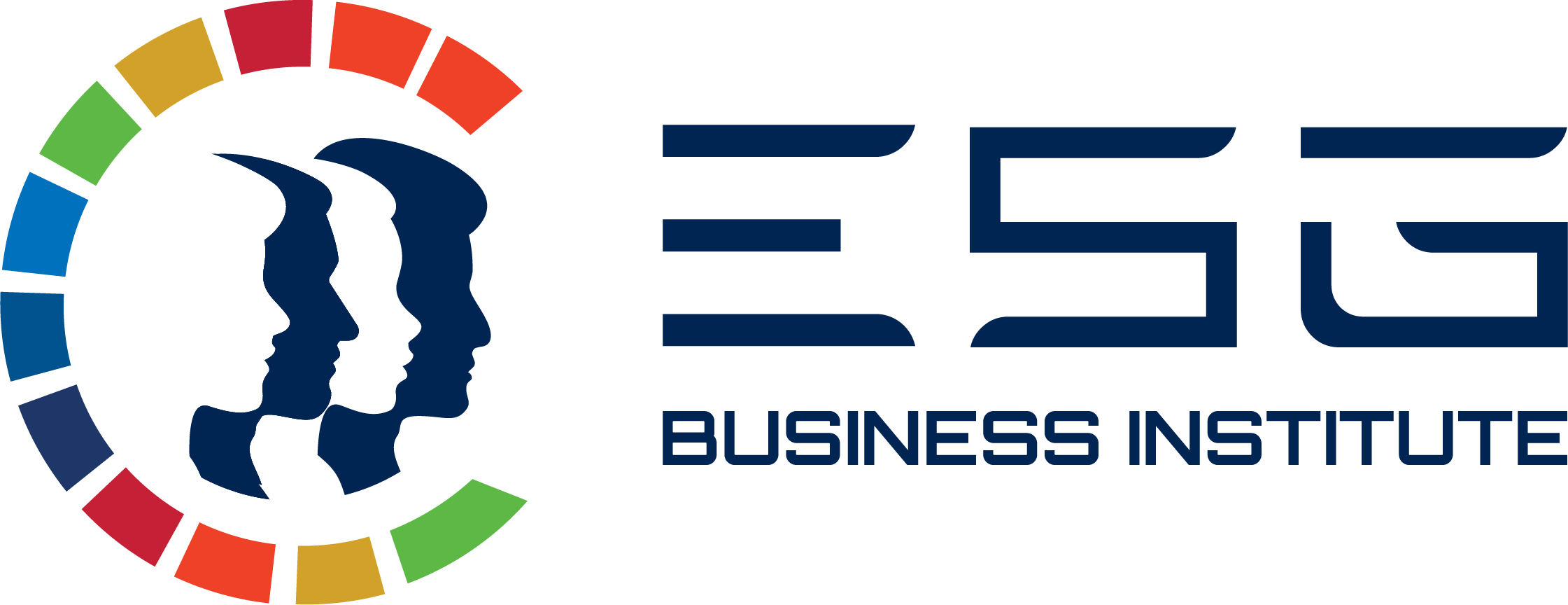 The economic and social effects of the COVID-19 pandemic continue to spread and evolve, bringing reform to some industries and reshaping the future of work for some sectors. One field that felt immediate impacts that continue to ripple is education, where online options are becoming more accessible and accepted for people around the globe.
The economic and social effects of the COVID-19 pandemic continue to spread and evolve, bringing reform to some industries and reshaping the future of work for some sectors. One field that felt immediate impacts that continue to ripple is education, where online options are becoming more accessible and accepted for people around the globe.
Companies like Coursera stepped up to meet the demand and fill gaps when traditional schools closed their doors during shutdown orders in 2020. The Silicon Valley company founded by two Stanford University professors in 2012 has grown to become one of the largest online education platforms in the world and is gaining market attention for its success. Earlier this year Coursera joined the New York Stock Exchange, raising nearly $520 million in its initial public offering.
The pandemic has meant growth for Coursera as well as its students, including women who increasingly are turning to courses in STEM (science, technology, engineering, and mathematics) as they pursue new fields with growth and opportunity.With a mission to expand access to quality education, Coursera incorporates social benefit into its operations and made that aspect of its business official when it became a Certified B Corporation a month before its IPO. As part of my research on purpose-driven business, I recently talked with Betty Vandenbosch, Coursera’s Chief Content Officer.
Christopher Marquis: Tell me a bit about Coursera’s origins and the educational products and services it now offers.
Betty Vandenbosch: Coursera was started in 2012 by two Stanford computer science professors, Andrew Ng and Daphne Koller. Their mission was truly to provide universal access to world-class learning. They felt, ‘Here we are teaching people at Stanford, and we really have important things to share with the world.’ So they set up a course that drew 100,000 students, and that was really the beginning of the MOOC (massive open online courses) trend.Since that time Coursera has become one of the largest online learning platforms in the world. We have 92 million registered learners and partner with more than 250 university and industry educators. We have courses, specializations, professional certificates, projects; and of course we have bachelor’s and master’s degree programs now. What’s really exciting is that it’s not only individuals anymore; institutions around the world use Coursera to upscale to reskill their employees. Governments use Coursera to reskill their citizens and universities, particularly in the Global South, use Coursera to augment the areas where they don’t have enough faculty or want different kinds of content that their faculty can’t provide.
Marquis: Why did Coursera decide to pursue benefit corporation status and B Corp certification?
Vandenbosch: Coursera’s founders thought deeply about the issues affecting the world: access to education and limited avenues to learn new skills. Our purposes and practices have always been consistent with B Corp requirements. But during the pandemic, the demand we experienced and the trends we saw in our industry inspired us to codify our commitment. The pandemic, as we all know, changed everything: Learners came flocking to the platform, campuses and employers wanted to work with us, the social justice movement intensified in 2020.
Our institutional purpose is really, really important. Learners first is what we do — it’s our number one value — and we wanted to update our charter to make sure that everybody knows that we have an uncompromising commitment. We believe that we need to be publicly accountable for making an impact on society. That’s really why we became a B Corp.
Marquis: How has the B Corp Certification process shaped the company’s operations and its future goals and plans?
Vandenbosch: B Corp requires you to think about what you do, why you do it, how you’re going to measure it, and what you’re going to keep track of. For us, what changed is the tracking. For example, I’m responsible for content. When social justice became so important with everything that happened in the United States, we said, ‘We have to do something about this.’ So we launched an initiative to help our university partners create content related to social justice and we provided grants for that content. We didn’t really keep track of that work. But now we’re keeping track of how much social justice content goes onto the platform every year and how much it gets used. So we’re not behaving any differently; we’re just tracking the way that we’ve always behaved.
We’re also keeping track of how many folks have access to Coursera for free. Almost everybody can use almost every part of the open platform for free, but if they want a certificate of completion, then they have to pay. We provide scholarships and we also have lots of companies that provide scholarships so people don’t have to pay for a certificate of completion.
Now we have an impact report that lays out exactly what we’ve done, why we’ve done it, and what the impact has been. As the report shows, the number of registered Coursera users climbed from 44 million in 2019 to 92 million in 2021. While the U.S. has the largest number of registered users, at 17.3 million, countries with emerging economies — including Paraguay, Lebanon, and the Philippines — have the highest rates of new learner enrollment.
Marquis: How will the company’s move to go public earlier this year boost growth and expansion while also aligning with the mission?
Vandenbosch: There are three big things that happened in 2021 at Coursera. The first is we gained B Corp Certification. The second is that we produced our first VPAT, which demonstrates our commitment to our ongoing accessibility investments. And the third is we went public. The first two are way more important than the third one in terms of who we are and what we think about. In 2021 we added more than 20 university and industry partners, and I don’t think that that’s just because we went public. But it helped us to expand our network. We added Howard, Dartmouth, Morehouse, Notre Dame, Microsoft, Oracle and others. We really increased our partner network, and it enabled us to grow our content catalog.
We also expanded our channel efforts to make Coursera more available among institutions everywhere and to help workforces. We now have relationships in India, Estonia, and many Caribbean countries are using Coursera to upscale their workforces.
Marquis: 2020 and 2021 were big years for virtual work and virtual education. How has the pandemic shaped what you do, particularly in regards to making opportunities for education available to more people?
Vandenbosch: At the beginning of the pandemic we said, ‘Wow — there are millions of people around the world who can’t go to school.’ So we opened up Coursera to the world for free. Universities around the globe could use Coursera for free during the pandemic, and the consequence of that is post-pandemic, we have relationships with thousands of universities that continue to use Coursera.
Prior to the pandemic we didn’t work with as many governments in terms of upskilling their labor forces, so that’s another development. Another area of change is the increasing popularity of programs like the Google IT certificate, which teaches introductory IT skills in less than six months. By finishing that certificate, learners were ready for an entry-level job. The pandemic made that more and more exciting to lots of folks because people lost jobs left, right, and center. And they needed to go into the digital world because that’s where the jobs are. Nowe we’ve expanded our catalog of Professional Certificates on the platform – we have some from Google, IBM, Microsoft, and we have more coming. That really will enable people to get that first job. The pandemic was the flywheel that got that going.
The consequence now is that people are getting these first jobs and then realize they want more education, because they've also developed the confidence. We have certificates that now articulate into degrees at Northeastern University, University of North Texas, University of London — so there’s a stackable pathway that helps people earn a full degree. Learning is hard, but once you’re in the mode of learning it’s easy to keep learning. This gets people going and then moves them on, and I attribute all of that to what the pandemic opened. Now we’re working to make sure that we continue that development.
Marquis: How do you tell what is good for learners, to help them understand what might be good pathways for them, things they might never have even considered?
Vandenbosch: We’re just getting started there. The good thing about the Coursera platform is it’s free; you can start anything. You can try it, and if you don’t like that course you can try another. For example, someone might try a course in IT and dislike it, but then they go over and do UX design or project management, which are both also technology-driven jobs but completely different.
The second thing in terms of AI is we help folks figure out what the right skills are — what we call Skillsets. People say, ‘I want this job, what do I need to learn to get that job?’ First, know what skills you need. We help people figure out the skills they need to develop and then provide curated content related to those skills. We also have an automated in-course coach. We also do a little bit of machine-assisted peer review, and we have a student support dashboard that helps educators figure out which learners to help and how best to do so. The biggest thing is we have choices. You can try anything and see how it suits you.
Marquis: What trends or changes has Coursera seen in the demographics of people doing online learning since the start of the COVID-19 pandemic? How has Coursera adjusted its operations to meet these changing demands?
Vandenbosch: Our learners — 47% female, 53% male — are around 31 years old. During the pandemic more people used their phones to learn rather than their computers. In the developing world that’s a big thing, because lots of people don’t have internet access. The much bigger deal for me is that women on Coursera started to learn in much greater proportion in STEM fields. (See Coursera’s Women and Skills Report 2021 for more on this topic.)
Around the globe, women have moved into STEM fields by big numbers. I’m a STEM person — my undergraduate degree is in computer science. And it was a lonely old place. Women are starting to embrace STEM; they did in much greater numbers during the pandemic. That’s because women really lost out during the pandemic — they had all the jobs that were stopped, as digitization of those jobs has increased. And they’ve said, ‘Oh, I have to do something.’ And Coursera has enabled them to do it because they can spend 10 minutes in between tasks. That to me is the biggest thing that happened as a consequence of the pandemic at Coursera — who is on our platform. And that’s a change for the better.